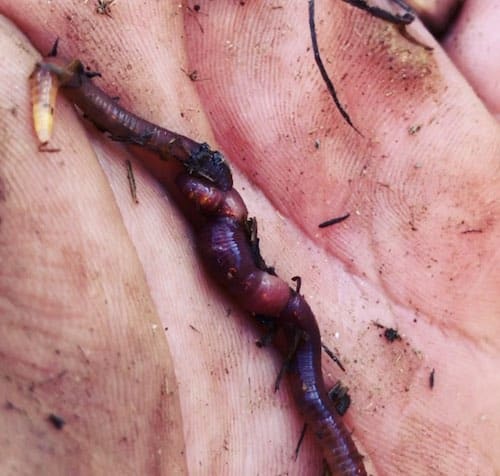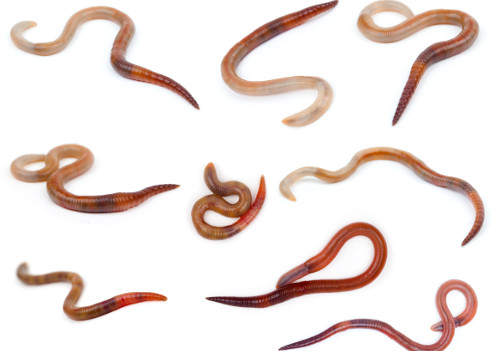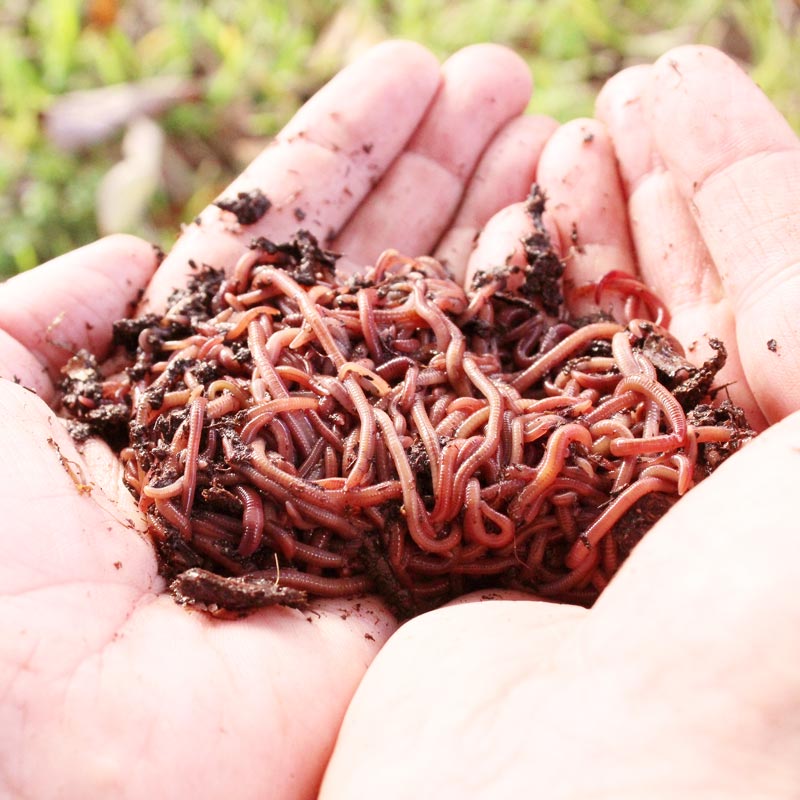Red Wiggler Worms Demystified: Opening the Tricks of Vermiculture for Greener Living and Nutrient-Rich Dirt
In the realm of sustainable techniques for enriching dirt quality and advertising eco-conscious living, red wiggler worms play a pivotal yet often forgotten function. Red Wiggler Worms. Recognizing the complexities of caring for these worms, maximizing their environment, and utilizing their spreadings can lead to a greener way of living and healthier soil for plants to prosper.
The Role of Red Wiggler Worms
Red Wiggler worms play a crucial function in composting systems by effectively damaging down raw material into nutrient-rich spreadings. These voracious eaters take in a selection of organic materials, such as kitchen area scraps, backyard waste, and paper products. As they feed, the worms' digestion procedures break down the organic matter right into a penalty, dark, and nutrient-dense material known as worm spreadings or vermicompost.
The spreadings produced by Red Wiggler worms are extremely beneficial for soil health and wellness and plant development. They are rich in crucial nutrients like nitrogen, phosphorus, and potassium, which are important for supporting healthy plant advancement. Additionally, worm spreadings contain advantageous microorganisms and enzymes that assist enhance dirt structure, increase water retention, and enhance nutrient uptake by plants.
Benefits of Vermicomposting

In addition, vermicompost, the nutrient-rich final product of vermicomposting, functions as an excellent organic fertilizer and dirt conditioner. It enhances dirt structure, improves dirt oygenation, and enhances dirt moisture retention. These properties add to much healthier plants with more powerful origin systems and much better resistance to conditions and insects. Vermicompost likewise improves the soil with vital nutrients like potassium, phosphorus, and nitrogen, advertising plant growth and total soil fertility.
Additionally, vermicomposting supports lasting gardening methods by providing a chemical-free and natural alternative to artificial fertilizers. Red Wiggler Worms. This eco pleasant approach not only enriches the soil yet additionally helps decrease dependence on damaging chemicals, promoting a greener and a lot more lasting method of try these out horticulture
Setting Up a Worm Bin
When establishing a worm bin for vermicomposting, correct setup is important to make sure the success of the composting process. The very first step in establishing a worm container is picking a suitable container. This can be a plastic container or wooden box that provides adequate area for the worms to move about and has appropriate water drainage holes to stop waterlogging. Next off, a bed linens product such as shredded newspaper, cardboard, or coconut coir must be included to the container. This bed linens supplies a comfy atmosphere for the worms and helps maintain dampness degrees.
After including the bed linen, present the red wiggler worms to the container. The worms must after that be supplied with food scraps such as fruit and veggie peels, coffee premises, and eggshells.
Consistently keep an eye on the wetness levels and temperature in the worm container to ensure ideal conditions for the worms. With proper setup and maintenance, the worm container will effectively transform natural waste right into nutrient-rich compost for your plants and yard.
Collecting Worm Spreadings
To effectively accumulate nutrient-rich worm castings from your resource vermicomposting system, an organized harvesting approach is important. When it comes time to collect the worm castings, there are a few vital steps to follow to make sure a successful process.

Troubleshooting Common Issues
Identifying and resolving usual obstacles that may arise throughout the vermicomposting procedure is important for maintaining a productive and healthy worm container. Adding excess food scraps can lead to a build-up of moisture and level of acidity in the worm container, possibly harming the worms. An additional issue is undesirable smells originating from the worm container.
Furthermore, if the worm populace is declining or the Learn More worms show up harmful, maybe due to environmental stress factors such as extreme temperature levels or pH degrees. Checking these elements and making needed changes is important for the health of the worms. By troubleshooting these typical concerns promptly, vermicomposters can make sure a successful and smooth vermicomposting procedure while keeping a prospering worm populace.

Verdict
In final thought, red wiggler worms play a vital duty in vermiculture by breaking down organic matter right into nutrient-rich soil. Establishing up a worm container is necessary for successful vermiculture, and collecting worm spreadings supplies important compost for horticulture.
As they feed, the worms' digestion processes damage down the natural matter into a penalty, dark, and nutrient-dense product known as worm spreadings or vermicompost.
The castings produced by Red Wiggler worms are very helpful for dirt health and wellness and plant growth. Including excess food scraps can lead to a buildup of dampness and acidity in the worm container, potentially damaging the worms.In addition, if the worm population is decreasing or the worms appear harmful, it might be due to ecological stress factors such as extreme temperature levels or pH levels. Setting up a worm container is necessary for effective vermiculture, and collecting worm castings gives beneficial compost for horticulture.